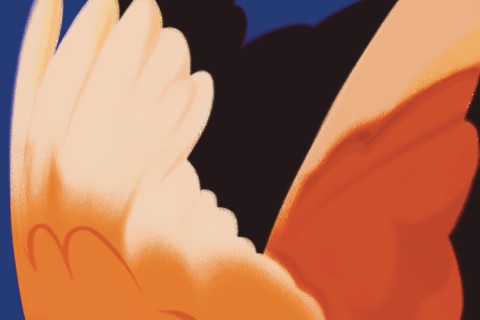The Tinkerer's Accomplice
Can natural selection of living things, aided by more or less random mutations (genetic tinkering), explain what appear to be incisive cases of design, intentionality, purpose and progress in evolution? Must purpose and design really be banished from any consideration of evolution, as Darwinists have generally maintained? Evolutionists have long quibbled over the meaning of design and whether intentionality and purposefulness are adaptive processes in the world of living things just as gene mutations and natural selection are.
In Scott Turner’s The Tinkerer’s Accomplice: How Design Emerges from Life Itself, the question of design is given a full-dress review. Turner, a professor of environmental science and forestry at the State University of New York, Syracuse, begins and ends his book by asking: Is the living world a designed place? Can one accept design, however defined, on the basis of natural selection and random mutations alone? Does the notion of design necessarily imply that there is a designer of some sort at the controls? Though he poses these questions, Turner insists that his book is neither a discussion of “intelligent design” nor a critique of Darwinism; neither is it an attempt to resolve science-and-religion debates.
To comprehend Turner’s well-crafted book, one must understand two key concepts: 1) homeostasis and 2) the difference between Darwin machines and Bernard machines. In brief, homeostasis is the equilibrium that is achieved when a system has some sort of feedback control, like a thermostat in a home or a governor on a steam engine.
Darwin machines are self-replicating devices that play out the essential processes of random mutation and Darwinian natural selection. New variants pass through a “selective filter,” and some are more amenable to reproduction than others. Darwin machines thus “tinker” to solve problems of adaptation by retaining new structures and processes that are adaptive and discarding those that aren’t. A given environment thus acts as a sort of sieve, filtering out all but the forms best adapted to it.
On the other hand, Bernard machines, named after the eminent French physiologist Claude Bernard (1813-1878), are agents of homeostasis capable of creating and monitoring the changes within the specific environments they create. Genes furnish a rough draft, but evolved Bernard machines refine a developing structure to make it adaptively functional; they are thus basic homeostatic properties of living organisms. Turner argues that the tinkerer (Darwin machines) needs an accomplice, and that the accomplices are Bernard machines: “Organisms,” he writes, “are designed not so much because natural selection of particular genes has made them that way, but because agents of homeostasis build them that way.” Organisms thus are not mere things; they are also processes that do.
Turner describes a number of interesting cases in which organisms (or even cells within organisms) evolved physiological mechanisms to “make” their environments. The idea first struck Turner when he was investigating mounds built by fungus-growing termites in southern Africa. The termites’ ability to build “dynamic structures that can be shaped to adjust to physiological demands” provides a paradigm for all sorts of physiologically mediated homeostatic devices. Turner points to the human vascular network as one example: a feedback system involving nitric oxide creates a balance between competing forces, influencing the environment in which blood flow is regulated.
Other chapters cover questions of teleology, purpose, and actual and apparent design. In a particularly helpful chapter, Turner explores conditions such as addictions, schizophrenia and ADHD to consider whether cognition works like a computer or involves a balanced ecology within an organism. The fact that we can make our own worlds, Turner argues, is evidence that intentionality is one element of homeostasis.
The Tinkerer’s Accomplice is a rich mine of fascinating cases in which homeostasis helps an organism or even whole populations of organisms to survive. This is no Dick and Jane book; some details are overly technical, and a glossary would have made it more readable. That said, Turner has given us a compelling account of how concepts of purpose, design, intentionality and goal orientation can enhance the basic ideas of evolution. I have no doubt that Turner is in command of his material. His book may be a real challenge, but I urge a wide reading because the many important aspects of human physiology and evolutionary complexity that Turner takes on apply to all of us, and understanding them can help us to know ourselves better.






